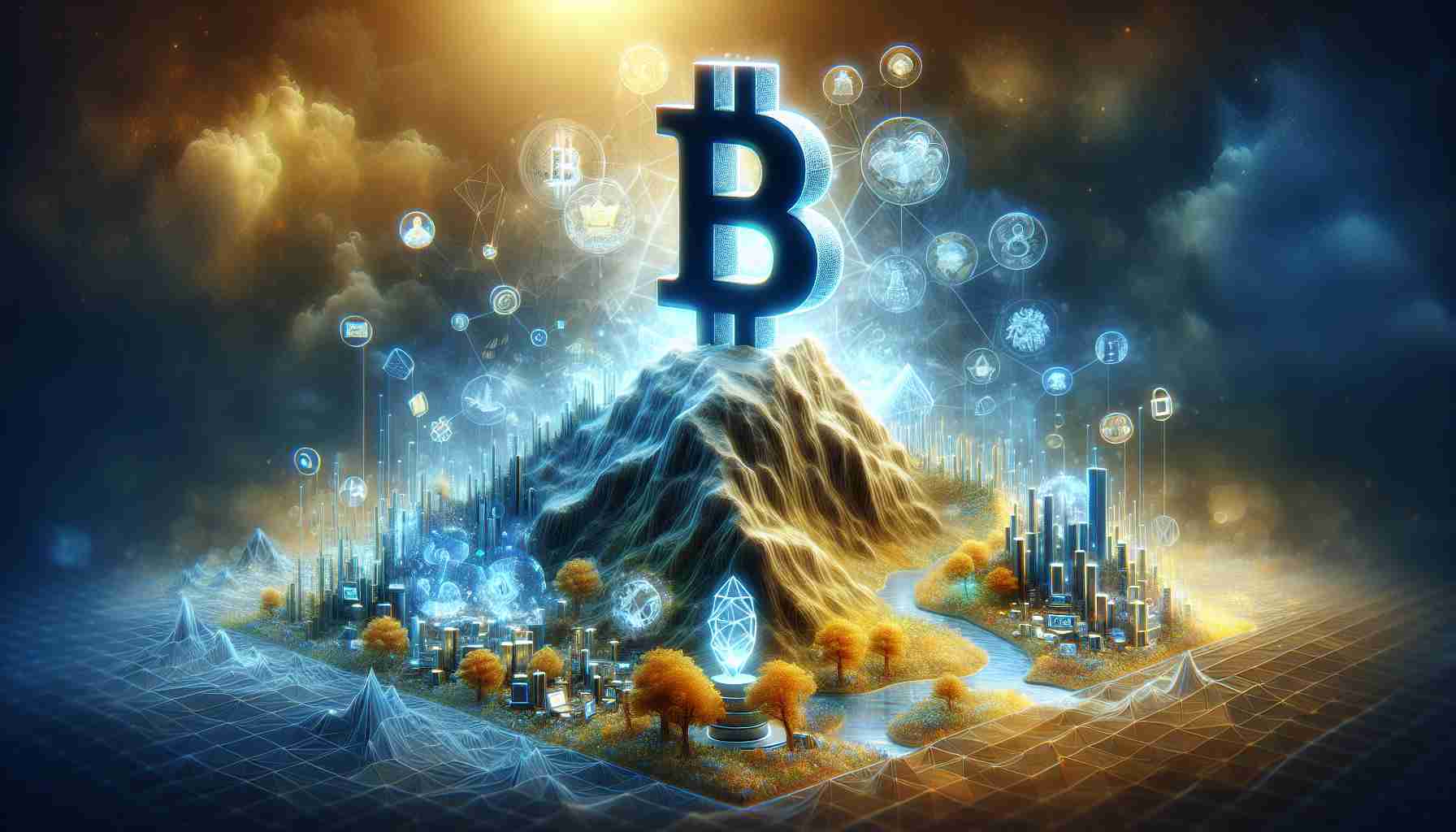The Bitcoin network has marked a significant milestone in its expansion beyond cryptocurrency trading, becoming a dominant force in the Non-Fungible Token (NFT) market. Bitcoin now ranks as the third-largest NFT ecosystem based on all-time sales volumes, having generated a remarkable sum of over $4.27 billion in NFT sales. This achievement has dethroned the Ronin chain, positioning it to the fourth place.
Emerging protocols, notably Ordinals and Rune, have introduced creative use cases within the Bitcoin blockchain, signaling its evolution into a robust Network for trading NFTs. The surge in demand for Bitcoin-based NFTs has even surpassed those of certain blockchain networks that pioneered NFTs.
Despite the tight race in NFT sales volumes in which Bitcoin narrowly tailed Ethereum’s $157 million with its own $148 million over the past month, Bitcoin’s role in the NFT domain differs from its
peers. While Ethereum has built its reputation as the premier platform for NFTs with its bespoke smart contracts and established decentralized applications, Bitcoin is relatively new to the realm. With its primary focus as a digital currency and store of value, Bitcoin’s foray into the NFT market showcases its flexibility and potential for broader use cases.
One of the key questions about Bitcoin’s entry into the NTF space is whether the network can sustain this growth amid concerns about its scalability and the impact of NFT transactions on transaction fees and processing times. Bitcoin’s blockchain was not initially designed with the complexity of smart contracts and NFTs in mind, which leads to the second question: How will Bitcoin maintain its robustness and efficiency while supporting these new functions?
When it comes to the key challenges or controversies, some point out the potential environmental impact of Bitcoin mining, which is now not only responsible for maintaining the currency but also for supporting NFT transactions that may increase energy consumption. Additionally, scaling Bitcoin to accommodate NFTs while maintaining its security and decentralization remains a tough balance.
The advantages of Bitcoin ascending as a top NFT ecosystem include the security and network effects of its well-established blockchain. Bitcoin’s large user base could provide a thriving market for NFTs, potentially rivaling leading platforms. Furthermore, engaging with NFTs may broaden Bitcoin’s appeal to users who are not as interested in cryptocurrencies but are engaged in the digital art and collectibles market.
Conversely, the disadvantages might involve the network’s current technical constraints in handling the added complexity of smart contracts necessary for NFTs. Bitcoin was not originally built for this type of functionality, and significant protocol modifications or layers may be required to make it competitive with more specialized chains. Additionally, any shift in resources or focus to accommo



